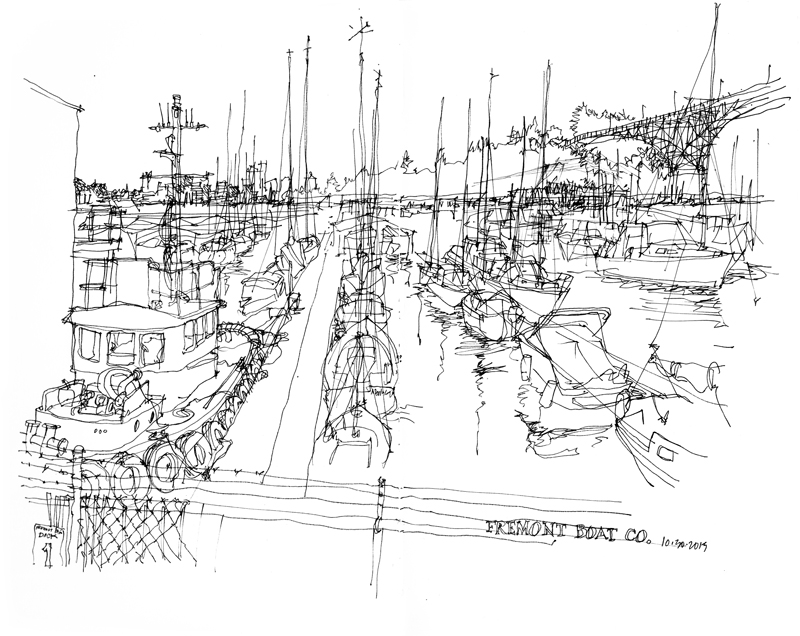In a recent issue of The New Yorker, John McPhee wrote an article entitled Omission: Choosing what to leave out. In the essay McPhee references Ernest Hemingway’s Theory of Omission, which encourages writers to let the reader do the creating by leaving white spaces between chapters or segments of chapters, the unwritten thoughts to be articulated by the reader. McPhee advocates letting the reader have the experience and leaving judgment in the eye of the beholder.
This idea of omission can also be applied to drawing as well. Just as writing is a matter of selecting and stringing words together to create a sentence, a paragraph, or a chapter, sketching is a matter of drawing a line, then another, and another, until one creates shapes and compositions that recall to the seeing eye the scene set before us. And what we omit from a drawing is just as important as what we include.

